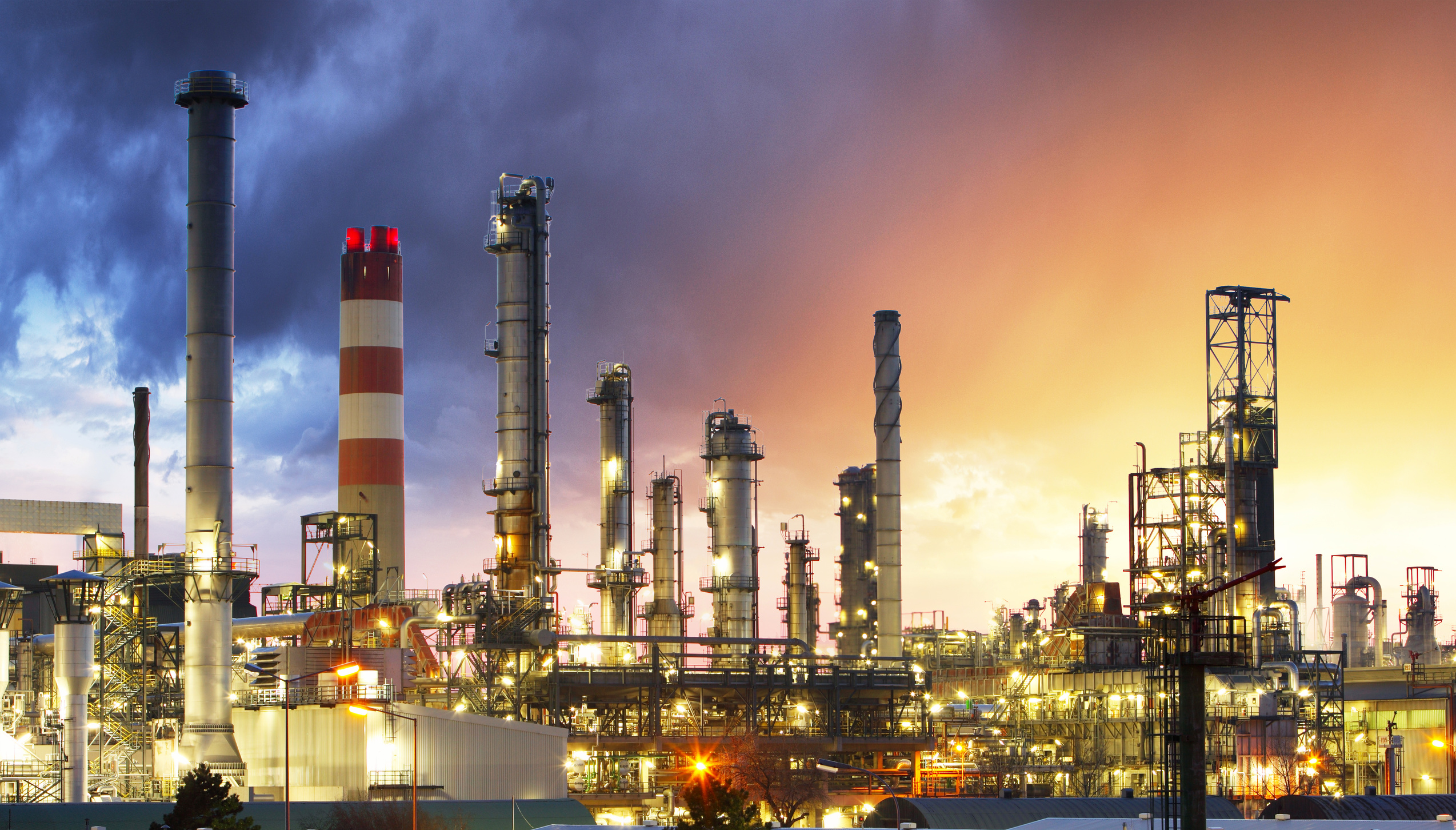
Date: 4 October, 2018 - Blog
Since the beginning of 2016, when the price of Brent crude was $28, we have regularly revised our crude price estimates upwards, considering that such low prices were not sustainable for the oil producing countries’ budgets and that the supply / demand couple would be rebalanced. The price of $80 for the barrel of Brent is not a surprise. But today, the estimates, pushed by some large investment banks, begin to move towards a $100 barrel in the run-up to November 4, the beginning of US sanctions on Iranian oil exports.
It is also possible that OPEC-producing countries want to interfere in the US midterms, to ¨punish¨ Donald Trump who continued to overwhelm these countries for three months, considering they manipulate crude prices. These producing countries would seek to raise the price of gallons in the United States, penalizing American households and thus favoring a democratic victory. OPEC power with 34% of global production allows it to control oil prices, maintaining its production between 32-34 million barrels/day for years, while US production has risen from 5 million b/d in 2008 to 11 million b/d today. Demand continues to grow and since 2017 supply is no longer sufficient to meet demand. Trump’s criticism is acceptable, because OPEC, primarily Saudi Arabia, has the production capacity to fill the supply gap.
Global demand stood at 97.2 million b/d in 2017, rising to 98.8 million b/d (+1.7%) in 2018 and 100.2 million b/d (+1.4%) in 2019, supported by the United States, China, India and Africa. A supply deficit is expected in 2018 and 2019.
An increase in oil prices above $100 a barrel could have a negative impact on overall economic growth and consumer countries, and for oil companies, cause a decline in oil demand and stronger competition due to the activation of stand-by projects of unconventional production.
In terms of supply, there are therefore 3 problems:
- OPEC, and Saudi Arabia in the lead, do not want to increase production. The failure/delay of Aramco’s IPO also explains the Saudis’ desire to keep oil prices high.
- US sanctions on Iranian oil could remove more than 1 million b/d on the world market by November 4. It is considerable. The effects are already being felt, since Iran, which had returned to a production of 3.8 million b/d, saw its production drop to 3.5 million b/d in August.
- The bankruptcy of Venezuela is also a source of price pressures. In 2010, Venezuelan production was 2.5 million b/d, falling to 2.1 in 2016, 1.5 in the first half of 2018, and 1.2 today.
US production, which seemed to be stalling between June and August due to sub-capacities of infrastructure (pipelines) for oil transportation between production sites and storage and refining terminals on the coast, increased again in September despite a stabilization in the number of drilling rigs. See graph.
Despite the sources of tension, we do not believe that the price of a barrel of Brent reaches $100. The pendulum return could be painful for OPEC. Saudi Arabia has the key to avoid a crisis in consumer countries. Unlike industrial metals, whose prices are influenced by economic growth and by supply, which depend on the profitability of investments, the political component is important in the evolution of the price of oil.
On the other hand, it is true that a military escalation in the Middle East could result in higher oil prices, but that will not be $100, but much more.
The United States has confirmed all options regarding Venezuela; if the Maduro regime were to fall, we consider, after the short-term shock, that this would reduce price pressures, as Venezuelan production would gradually return to pre-crisis levels.
Another positive factor for oil is rising prices, while “long” speculative positions are being closed by hedge funds. Fundamentals therefore dominate the upward trend in oil prices.
- In the short term, the dominant factor is US sanctions on Iranian oil exports
- We maintain our estimate of a $ 70-80 Brent price in 2019, but we do not adhere (yet) to the $100 a barrel scenario





